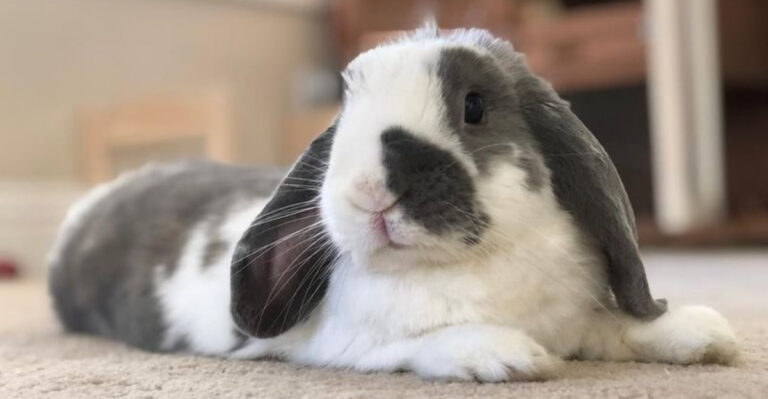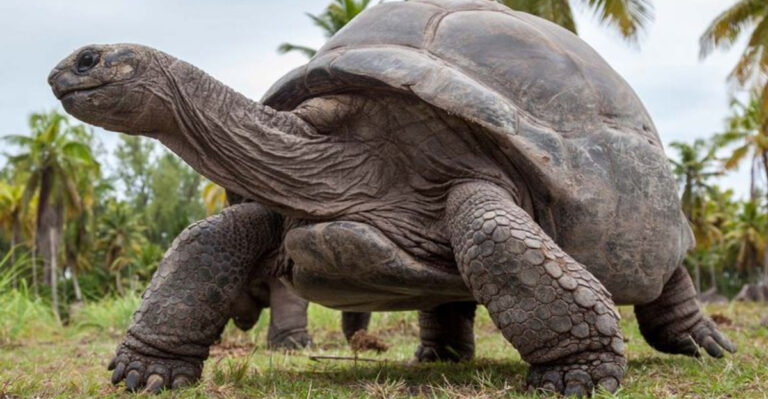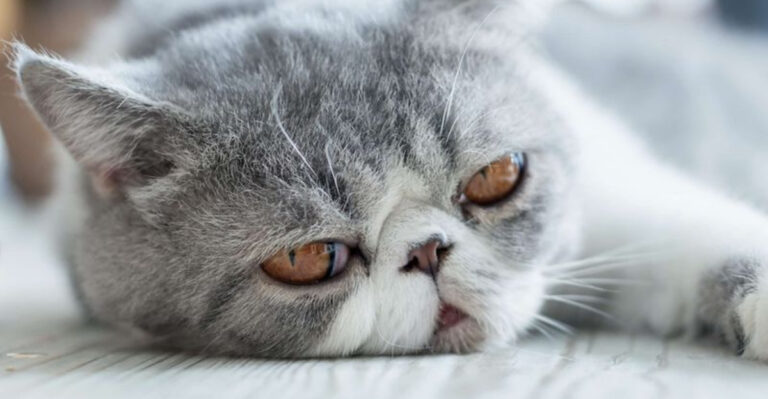Orcas Are Now Grooming Each Other With Kelp, And Scientists Are Stunned
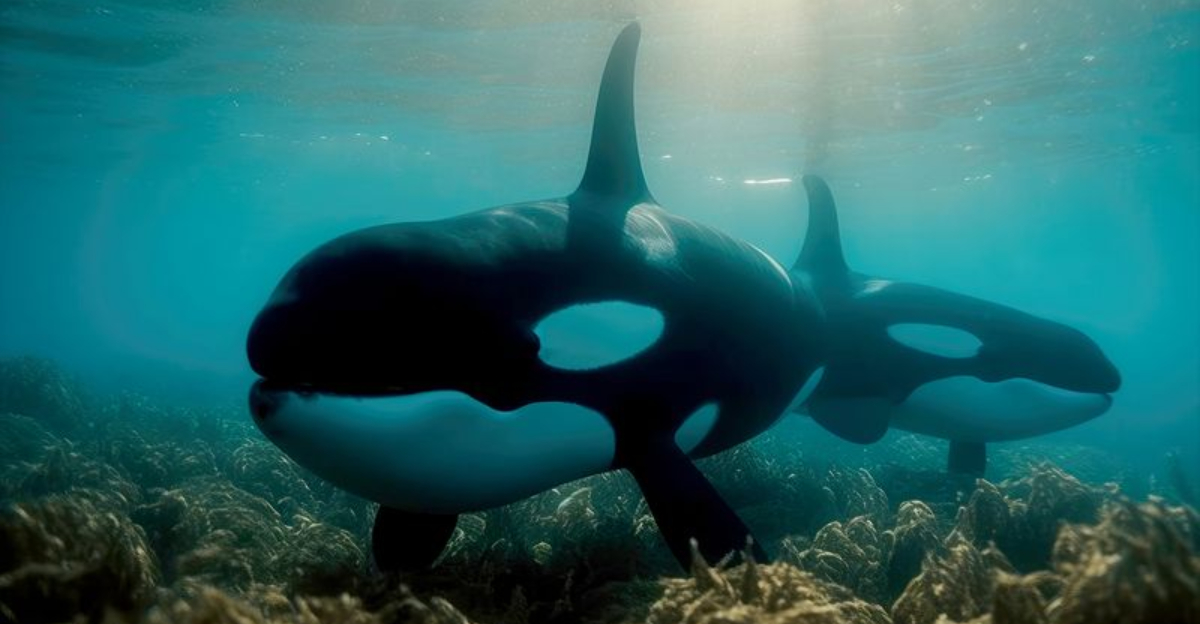
Scientists have made an astonishing discovery about killer whales in the wild. Orcas are now using pieces of kelp to groom each other, showing remarkable intelligence and social behavior.
This fascinating find challenges what we know about these marine mammals and opens up new questions about their complex lives beneath the waves.
1. Orcas Are Using Kelp Like Tools
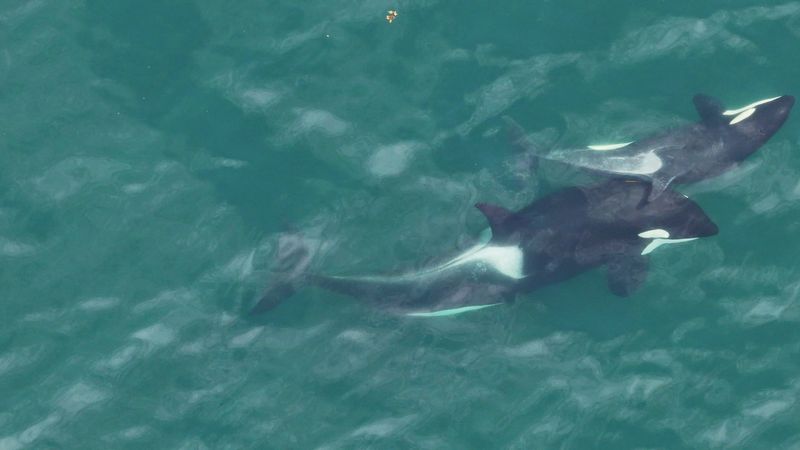
Imagine bath time in the ocean! Killer whales snap off kelp strands and use them as natural loofahs against their sleek bodies.
The kelp acts like a scrubbing brush, helping them maintain their black and white skin. Scientists watching this behavior were amazed, as tool use among marine mammals is relatively rare and shows advanced cognitive abilities.
2. They Target Specific Kelp Segments
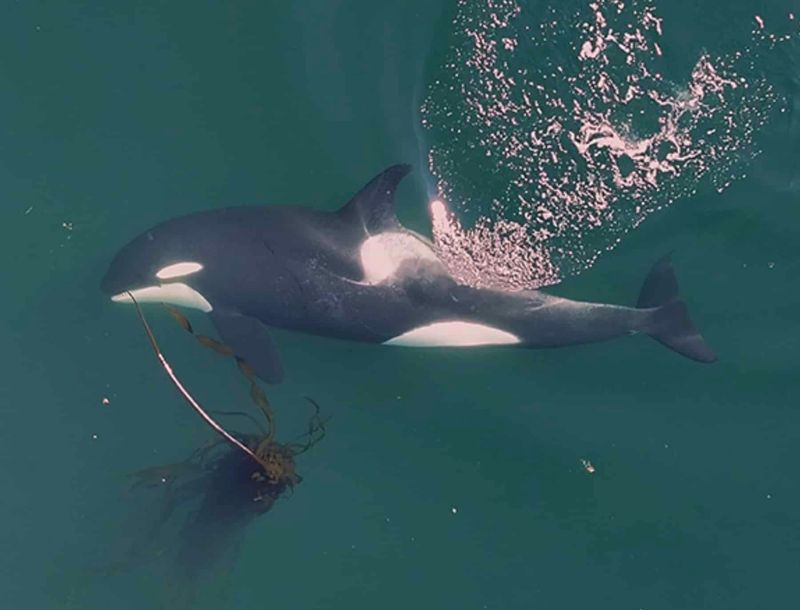
Killer whales aren’t just grabbing any random seaweed they find. They carefully select kelp at the base where it attaches to rocks.
This precision suggests they know exactly which parts work best for their grooming needs. The consistency of this behavior across multiple pods indicates this isn’t accidental but a learned technique passed between generations of these intelligent hunters.
3. They Take Turns Cleaning Each Other
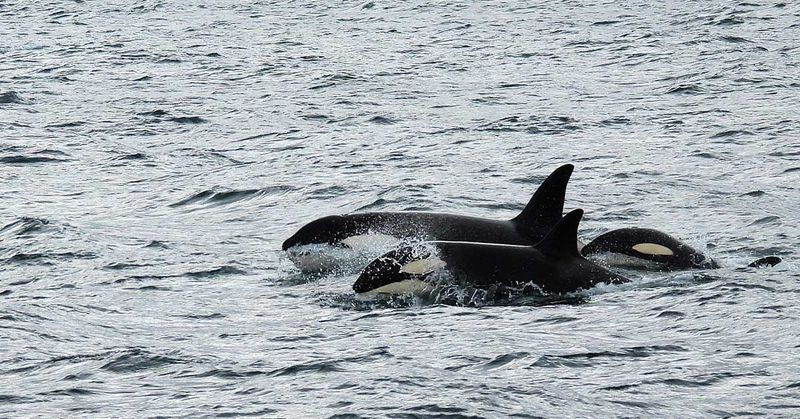
Friendship goals in the ocean! Orcas form grooming circles where they take turns rubbing kelp across each other’s bodies.
One whale will hold the kelp while another glides past, allowing the seaweed to brush against its skin. These sessions can last more than ten minutes, with the whales showing remarkable patience and coordination throughout the entire cleaning ritual.
4. They Don’t Use Hands – They Use Precision
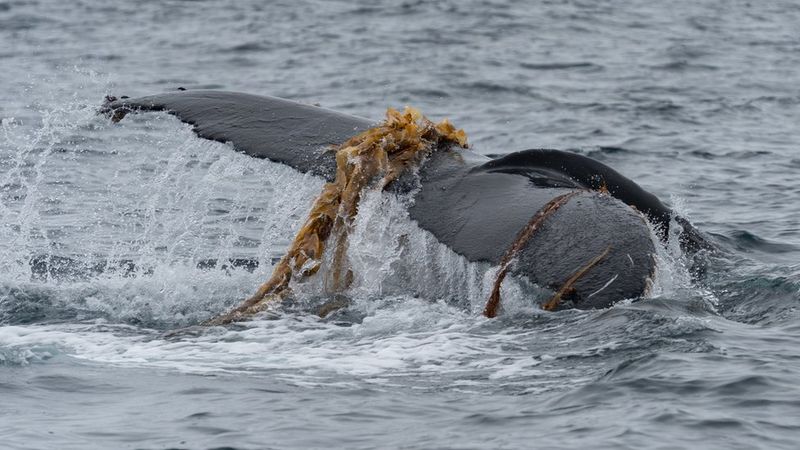
Without fingers or hands, orcas demonstrate incredible dexterity using just their mouths and body movements. They’ll grip kelp between their teeth and maneuver it precisely where needed.
Sometimes they’ll drape kelp over their pectoral fins or tails. Their coordination rivals what humans might accomplish with specialized tools, showcasing the remarkable adaptability of these ocean predators.
5. This May Be A Rare Form Of Whale Hygiene
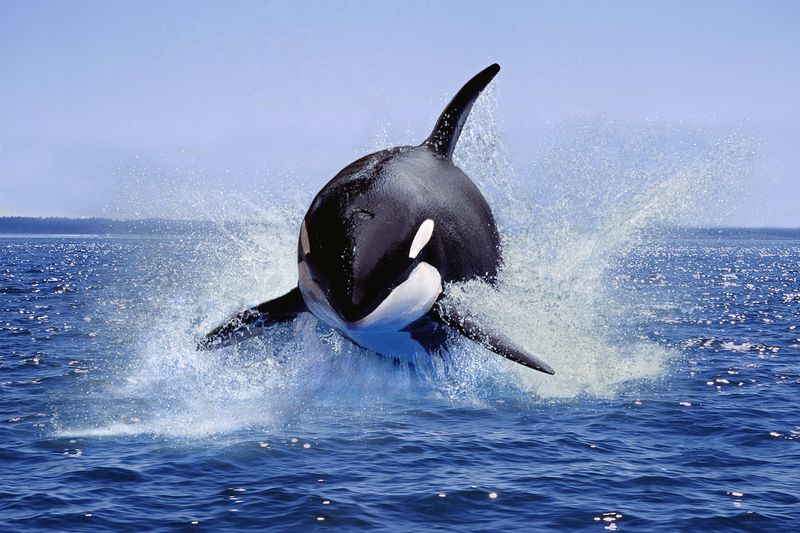
Scientists believe this behavior helps orcas shed dead skin cells during molting periods. The rough texture of kelp works perfectly as a natural exfoliant.
Whales can’t simply scratch an itch or remove parasites easily, so this innovative solution helps maintain healthy skin. The kelp’s natural antimicrobial properties might offer additional benefits, making it nature’s perfect spa treatment.
6. It’s A Social Activity Too
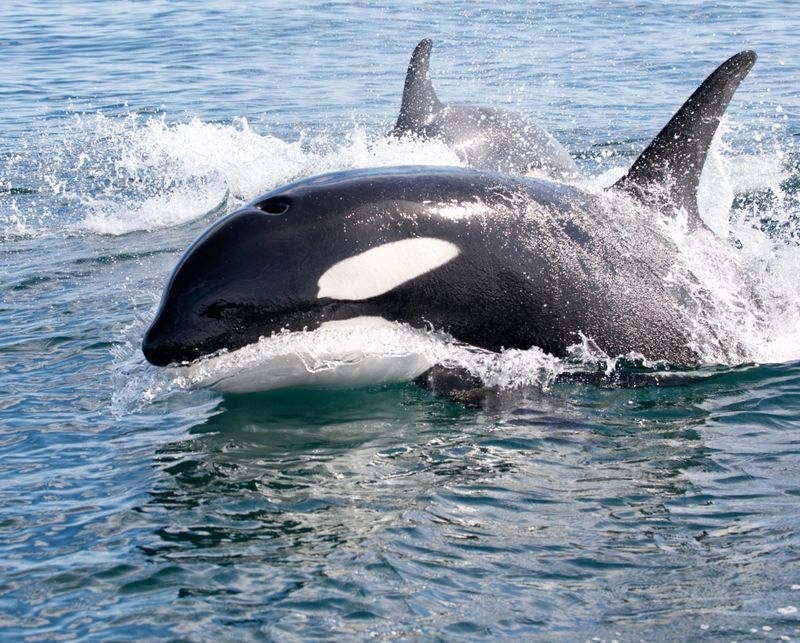
Beyond just getting clean, kelp grooming strengthens the social fabric of orca pods. Young calves learn by watching adults perform this ritual.
Related individuals often groom each other first, reinforcing family bonds. The shared activity creates moments of trust and connection, similar to how primates groom each other on land. Scientists note increased vocalizations during these sessions, suggesting a social component.
7. They Were Caught In The Act By Drone
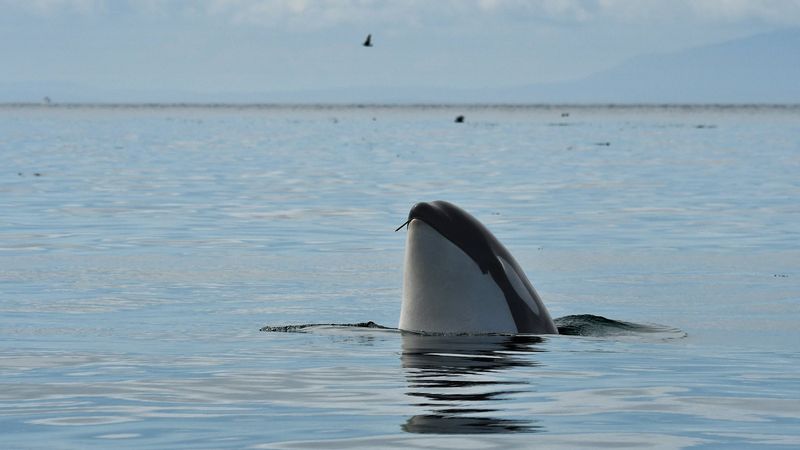
Modern technology revealed this secret whale behavior! Researchers flying drones over orca habitats captured the kelp grooming on high-definition video.
Without this aerial perspective, the behavior might have remained hidden from human eyes. Scientists reviewing footage noticed the pattern repeatedly across different days and locations. The discovery highlights how new technologies are revolutionizing marine mammal research.
8. This Behavior Spans All Ages And Genders
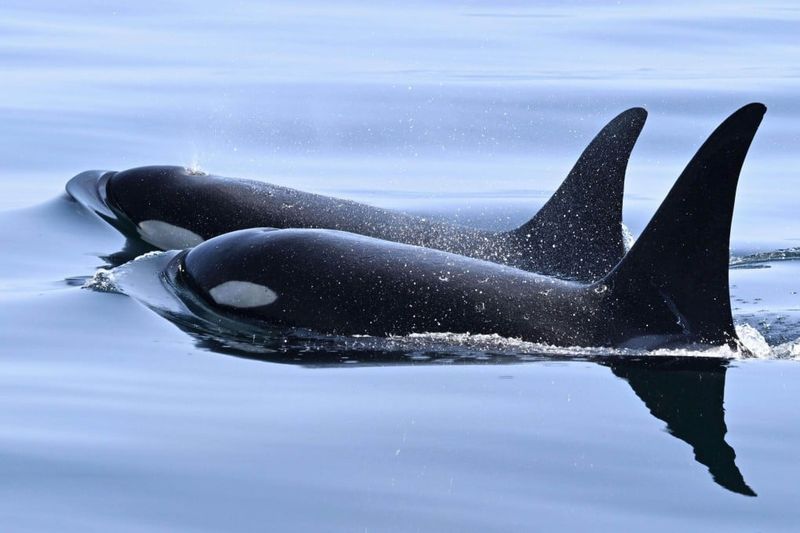
From tiny calves to massive bull orcas, everyone gets in on the kelp action! Males with six-foot dorsal fins participate just as eagerly as mothers with young calves.
Juvenile orcas often show the most enthusiasm, sometimes playing with kelp before using it for grooming. The universal nature of this behavior suggests it serves a fundamental purpose in orca society rather than being limited to specific age groups.
9. It Could Reduce Skin Infections
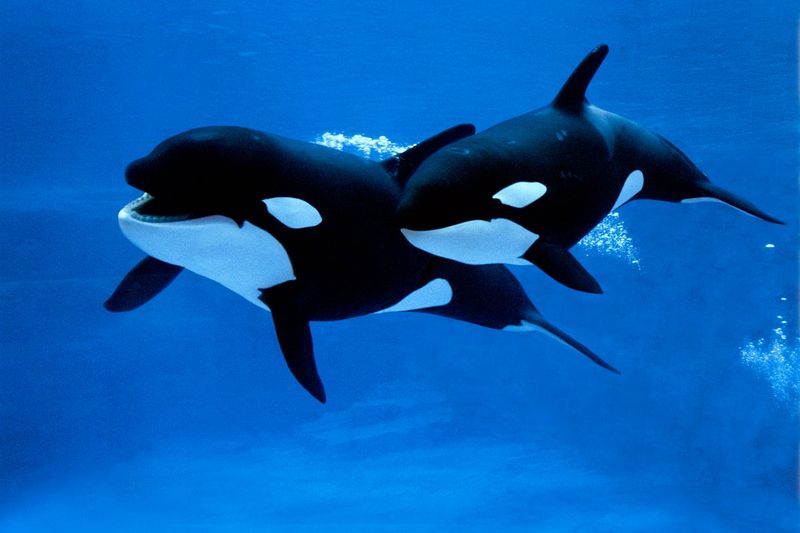
The kelp might be nature’s antibiotic for orcas! Seaweed contains natural compounds that fight bacteria and fungi.
By rubbing it on their skin, orcas may be protecting themselves from infections that could develop in cuts or wounds. Marine biologists are now collecting skin samples before and after kelp sessions to test this theory. This could represent a sophisticated form of self-medication in the wild.
10. Orcas Have A History Of Weird Behavior
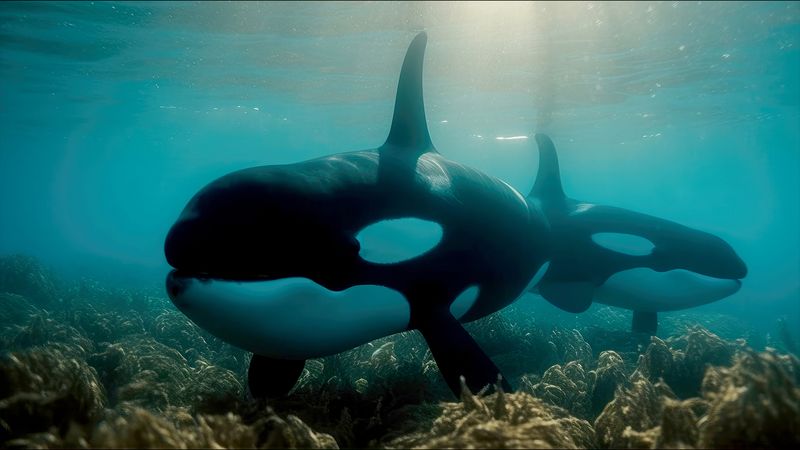
The kelp grooming is just the latest in a string of quirky orca behaviors! These ocean geniuses have been spotted wearing salmon on their heads like hats and playing games with bubbles.
They’ve mastered hunting techniques specific to their local prey. Each population develops unique cultural traditions, passed down through generations. This creativity showcases why orcas are considered among the most intelligent non-human animals on Earth.
11. This Could Be Widespread In Other Pods
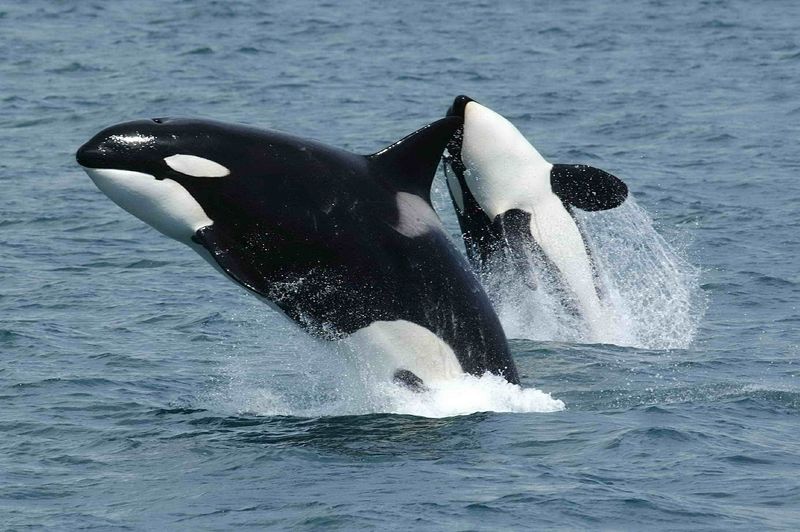
What scientists have observed might just be the tip of the iceberg! If one orca population uses kelp for grooming, others likely do too.
Researchers are now reviewing footage from different regions to spot similar behaviors. The challenge is capturing these intimate moments in the vast ocean. Some whale experts suspect other species like humpbacks or belugas might have their own versions of tool use we haven’t yet discovered.
12. Strong Social Bonds Drive Innovation
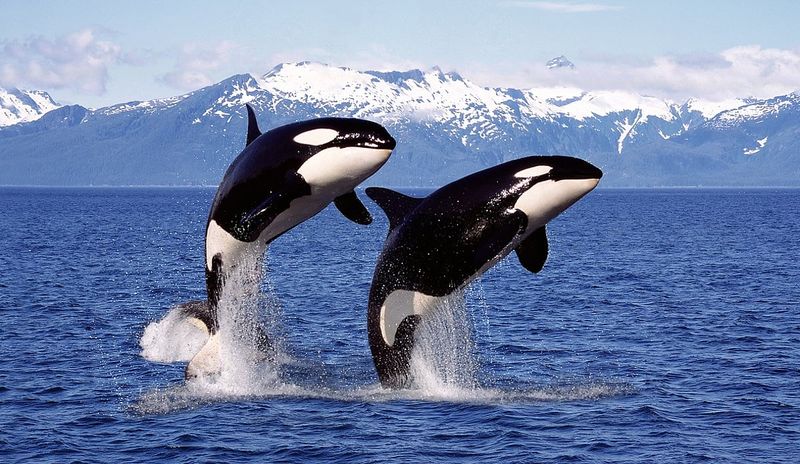
Orcas live in tight-knit family groups their entire lives, creating the perfect environment for cultural transmission of new ideas.
Young whales learn by watching older relatives, picking up behaviors like kelp grooming. Their emotional connections rival human family bonds. Scientists believe this social structure explains why orcas develop such complex behaviors – they have generations of accumulated knowledge and the security to experiment with new techniques.

